What Is Rum?
Updated: May 22, 2023
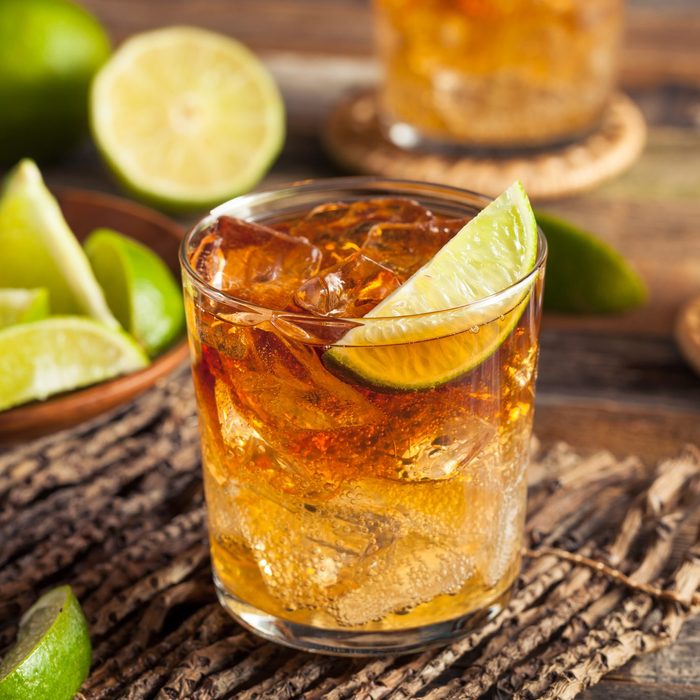
Rum is a distilled spirit with a lot of history, styles and uses. We walk you through it all in this handy guide.
Who doesn’t love sipping a mojito or pina colada on the beach, waves crashing mere feet away, the sun shining and palms swaying? Or tippling a mai tai somewhere that feels like we’re lost in the Pacific Ocean? Rum makes these a reality, but the distilled spirit is so much more than fun, fruity cocktails set to a Jimmy Buffet soundtrack.
Thanks to its spectrum of styles made in more than 80 different countries, rum is one of the most diverse and complex spirits to sip. Whether white or gold, dark or aged, the most popular and best rums come from Jamaica, Barbados, Puerto Rico, Brazil, Venezuela, and Cuba, but also Haiti, Hawaii and beyond.
Although rum-making goes back centuries, today’s distillers put their own contemporary stamp on blends, and the spirit’s dedicated fan base continues to grow. Just look at all the rum-inspired cocktail bars around the country, plus annual festivals and competitions naming the best of the bottles and brands of the year.
So let’s take a closer look at what makes rum so special, from its history to distillation practices, and how best to enjoy each and every sip.
What Is Rum Made From?
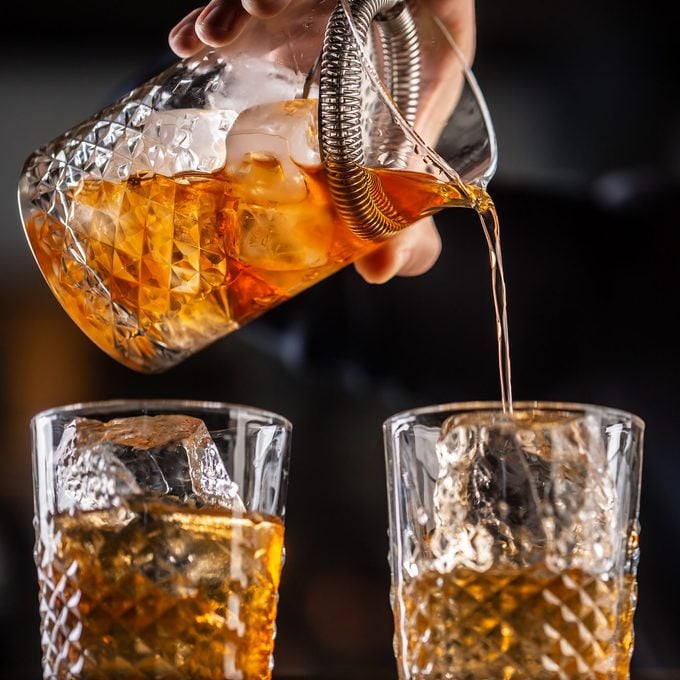
All rum derives from the sugarcane plant, regardless if it’s white, gold, spiced or otherwise. Rum is usually categorized by color and age, but regional styles also dictate the final product.
While the Caribbean is considered the birthplace of rum—Mount Gay, founded in 1703 in Barbados, is the oldest brand in the world—sugarcane was first fermented for medicinal purposes in India as early as 350 B.C.
The history of sugar and rum is a complex story. Growing and harvesting sugarcane, producing rum, and selling it across oceans has ties to slavery and colonialism, economic oppression, organized crime and pirates.
Today, many brands are working hard to get beyond rum’s origin story via women master blenders and distillers, Black and native ownership, and more transparency about how their rum is made. In fact, Mount Gay, the world’s oldest rum distillery, is now led by a female master blender: Trudiann Branker.
How Is Rum Made?
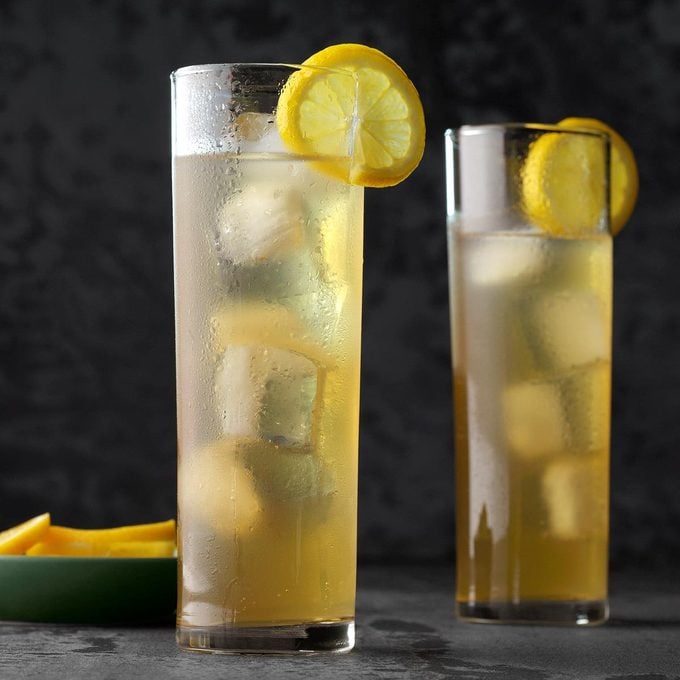
On the surface, how rum is made is pretty simple. Sugarcane, which thrives in tropical climates, is harvested. When processed to make refined sugar, the sticky brown byproduct, molasses, is left behind.
Molasses, the base for most rum, is fermented using different strains of yeast. That liquid gets distilled through columns or pot stills to produce raw white rum.
That rum then goes into oak casks, usually used whiskey barrels, for aging. There it gets most of the familiar caramel colors and some vanilla and spice flavors.
White rum doesn’t stay in the barrel for long. However, gold and aged rums remain in the barrels to give them a more pronounced flavor. Sometimes ingredients are added to a rum, like spices or extra sugar, which will change the flavor and end product.
Some rums, like rhum agricole from Martinique, cachaca from Brazil and clairin from Haiti, are made from fresh-pressed sugarcane juice. The juice is fermented and distilled into a clear rum. While considered rum products, these have their own characteristics and flavor profiles.
Types of Rum
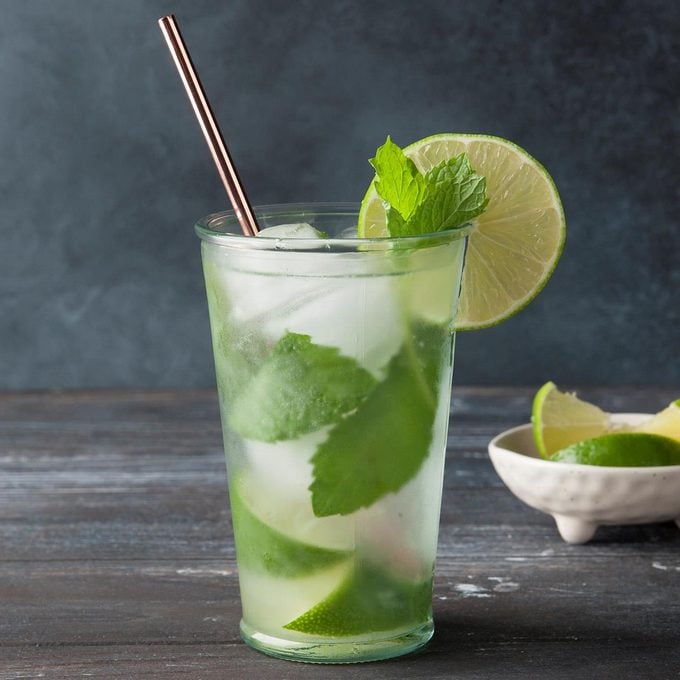
It’s important to know the different styles of rum, which are best for sipping straight or mixing into a classic cocktail or punch. Here’s a good breakdown.
White, Light or Clear Rum
Like all rum, clear rum is aged in barrels for one or more years, but it’s filtered to lose the color that comes from barrel aging. These are usually lighter in body and mild in taste than darker rums.
This is what most people think of rum, especially for your favorite rum drinks and cocktails, like classic rum and Coke, rum runner and more.
Gold Rum
Gold rums are aged in barrels for several years, and take on more amber hues and subtle flavors like vanilla, citrus and caramel.
Gold rums are good for sipping on the rocks or neat, used in cocktails and also baked goods, like these recipes for rum lovers.
Dark Rum
Dark rums are almost black in color with a more complex flavor profile, thanks to spending more time in oak barrels and possibly having additives, like extra molasses.
Robust in flavor, you’ll see these in vintage alcoholic drinks like Swizzles and the Dark ‘n’ Stormy which can handle a boldly flavored spirit.
Aged Rum
Like bourbon and other whiskies, rum aged in barrels for longer amounts of time transforms the spirit. Master distillers often create blended rums to age, to help get the complexity and distinct flavors they want. Considered superior rums, these rums are often prized and best sipped neat.
Spiced Rum
Similar to dark rums, spiced rums are aged in barrels, but distillers add ingredients to flavor them. This could be anything from flowers to spices and dried fruit, whatever the secret recipe calls for. Enjoyed both in cocktails or served on the rocks.
Flavored Rums
Flavored rum gets a bad rap thanks to, probably, a few bad spring break experiences. For these rums, distillers incorporate additional flavorings like coconut, pineapple and other tropical fruits, chocolate or coffee.
Today you can find some very balanced flavored rums, many winning craft spirits awards thanks to the distiller’s nuance with ingredients and potency. You’ll most like use these in cocktails that call for extra flavors, but they can be sipped over ice as well.
Rhum Agricole
Rhum agricole is made directly from freshly pressed sugarcane. Martinique has an official designation for rhum agricole, but fresh sugarcane rum is produced around the world, including Hawaii and Mexico. T
his type of rum better showcases terroir, or characteristics of where the sugarcane is grown, and often has a complex grassy, earthy funkiness. While most rhum agricole is sold as clear spirit, some are aged in barrels. Either way, these make dynamite daiquiris and mojitos.
Cachaca
What rhum agricole is to Martinique, cachaca is to Brazil. Another spirit made from fresh sugarcane juice, it sees little to no aging in barrels. Cachaca is the main ingredient in the caipirinha, the national drink of Brazil.
Overproof Rum
You’ll occasionally see this on bottles, and it’s worth noting that any rum over 50% alcohol by volume (ABV) is considered overproof. Yes, they’re more potent but still quite enjoyable, especially mixed into punches or used to flambé desserts.
How to Drink Rum
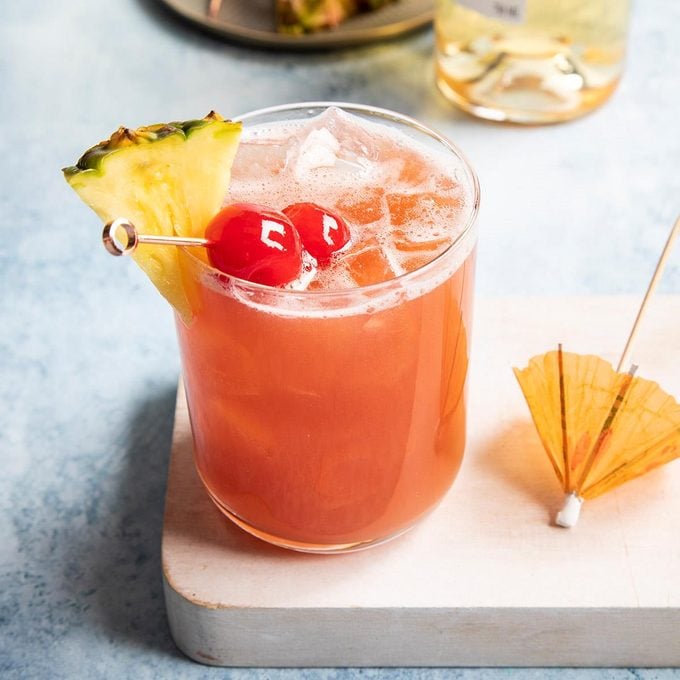
Now that you know the ins and outs of this spirit, you may be asking what is rum good in? The answer depends on your preference for cocktails or sipping. All rums are good for cocktails, although white rums and rhum agricole are better for things like a Hemingway daiquiri, a mai tai or mojito.
Use gold, spiced or dark rums in punches, tiki drinks and frozen drinks like the pina colada. Make use of other flavored rums in these coconut rum drinks.
If you’re into spirit-forward drinks like a Negroni, Manhattan or old-fashioned, or just want something to sip neat, look for a good aged rum.




















